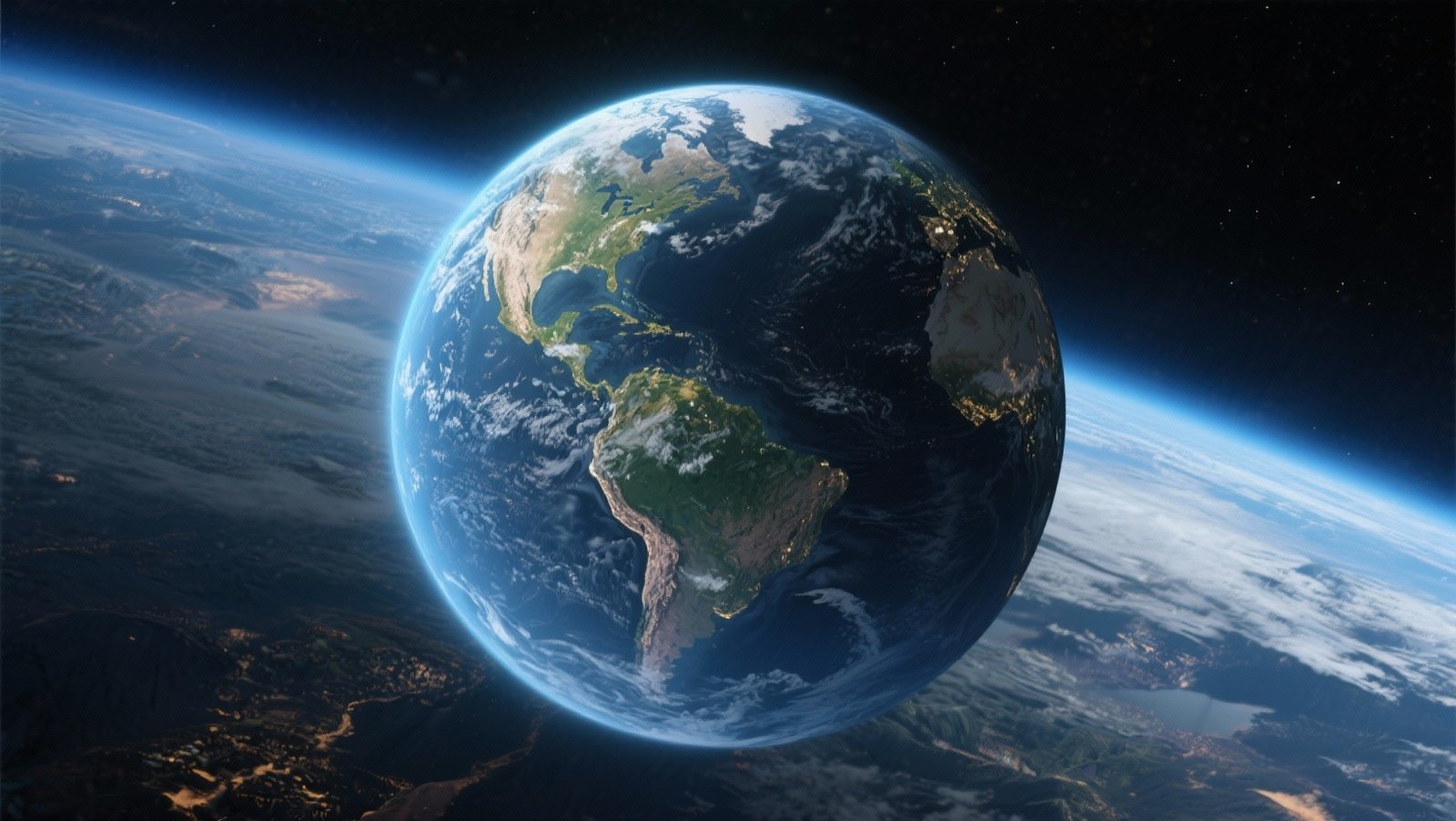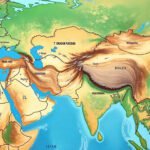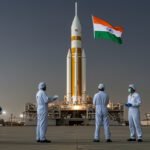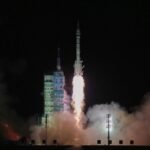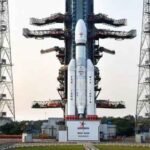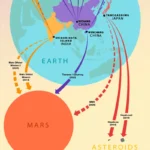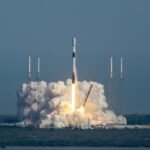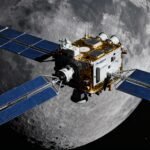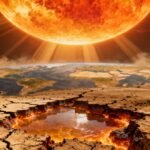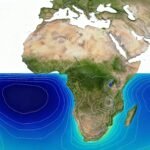The World in Motion
We don’t feel it, but Earth is spinning incredibly fast — about 1,670 kilometers per hour (over 1,000 mph) at the equator. This rotation gives us day and night, keeps the planet’s shape slightly flattened, and balances winds and oceans.
Now imagine — for just one minute — our planet suddenly hits the brakes. What happens next? Let’s dive into this wild cosmic “what if.”

Instant Chaos: The First Few Seconds
If Earth stopped instantly, everything not bolted to the bedrock would keep moving at over 1,000 mph. Buildings, trees, cars, oceans — even you — would be thrown eastward with deadly force.
At the equator, it would feel like an apocalyptic hurricane of unimaginable power. Planes in flight would continue along their momentum and lose navigation instantly. Near the poles, where rotation is slower, the effect would be milder — but still catastrophic.
Oceans on the Move
The oceans would behave like a giant unfastened water bucket. Because of inertia, massive tsunamis thousands of meters high would sweep across continents. Water near the equator would surge toward the poles, flooding coastlines and redrawing continents.
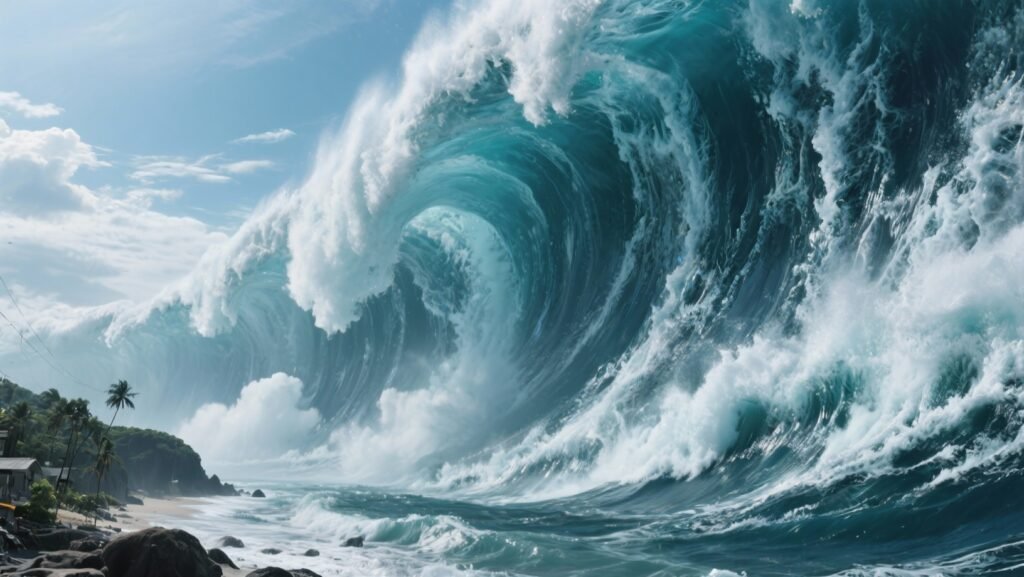
In just 60 seconds, the oceans would become chaotic, generating waves taller than skyscrapers and flooding entire regions before gravity slowly settles them back down.
Winds That Shatter Cities
The atmosphere doesn’t stop instantly either. Air keeps rushing at rotational speeds, creating winds faster than any storm in history — more than 1,000 mph. These winds would strip forests, level cities, and move dust and debris around the globe like a planet-sized sandstorm.
Time and Gravity Shift
Earth’s rotation helps create the equatorial bulge — the slight outward stretch around the middle. If spinning paused, gravity would suddenly pull everything slightly inward. The planet would become more spherical, forcing oceans toward the poles even more.
Interestingly, if Earth stopped for only a minute, time would still flow normally, but the Sun would appear frozen in the sky. Once rotation resumes, everything would lurch back into motion, creating another wave of destruction in reverse.
Aftermath: A Changed Planet
Even after motion resumes, Earth would never be the same. The shock waves, winds, and floods would destroy infrastructure. The thin crust might crack from stress, triggering global earthquakes and volcanic eruptions.
For life on the surface, it would be a brief but devastating minute — one that resets much of civilisation.
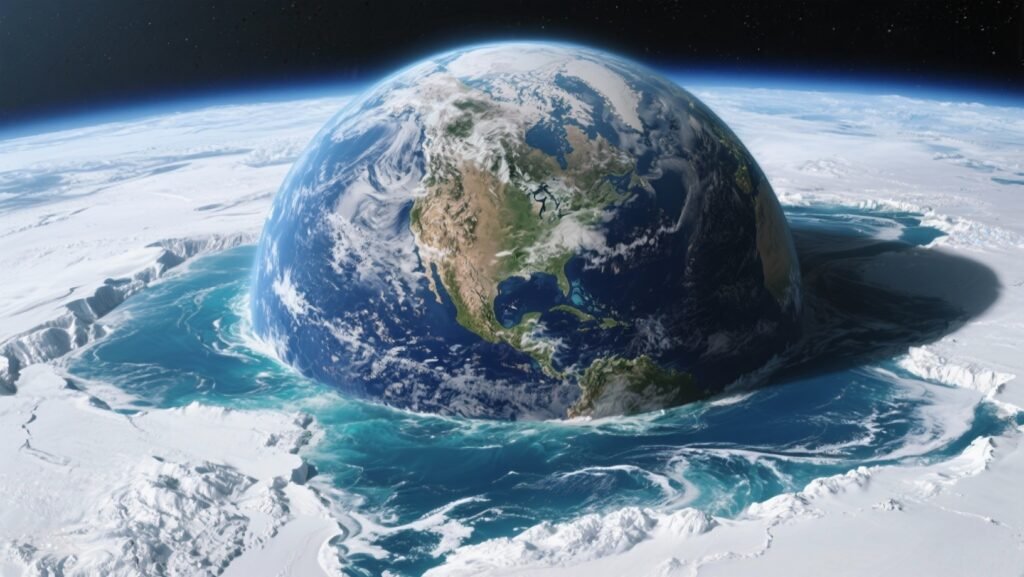
Magnetic fields — generated by rotation and the molten iron core — might flicker briefly, leaving Earth vulnerable to solar radiation.

